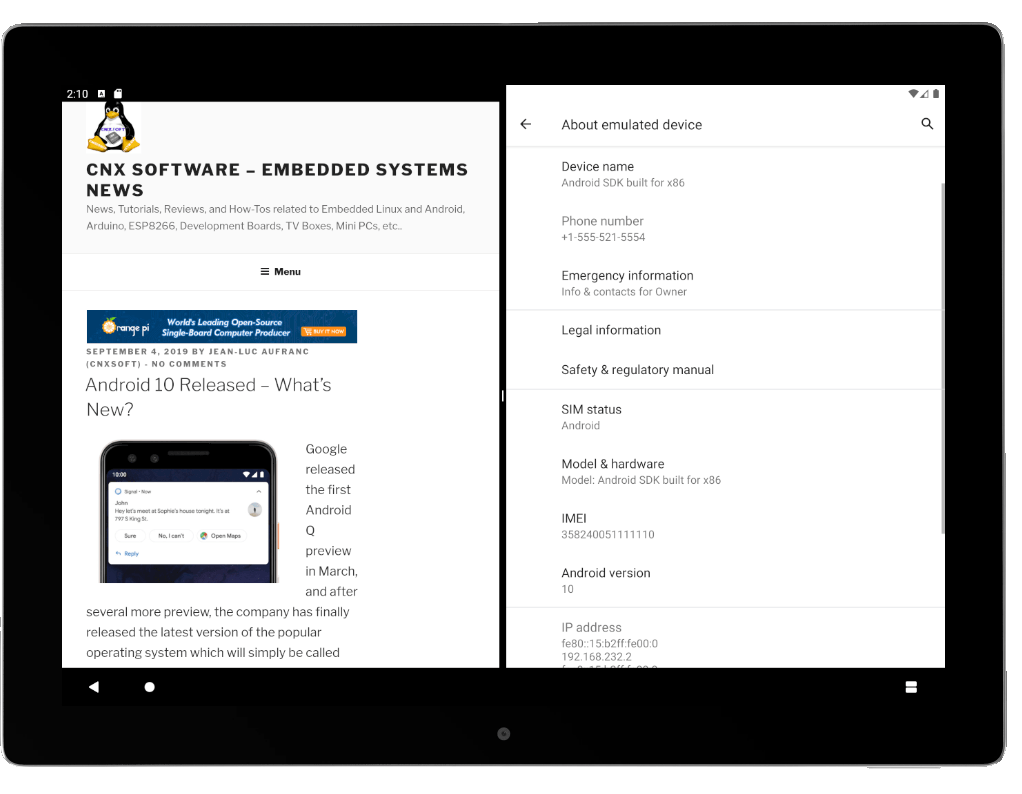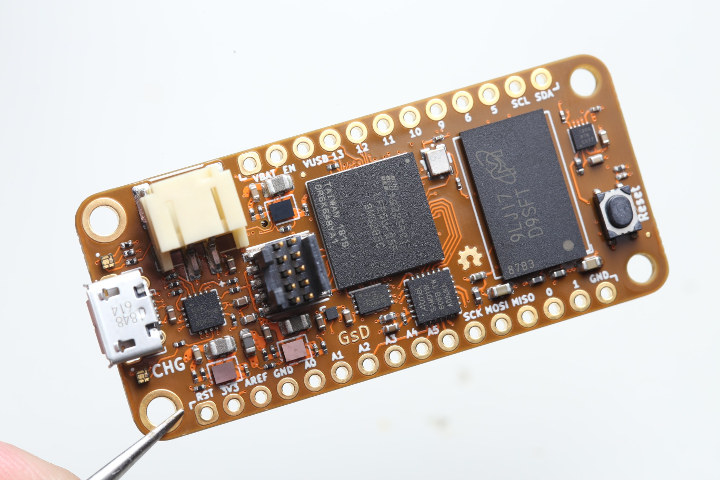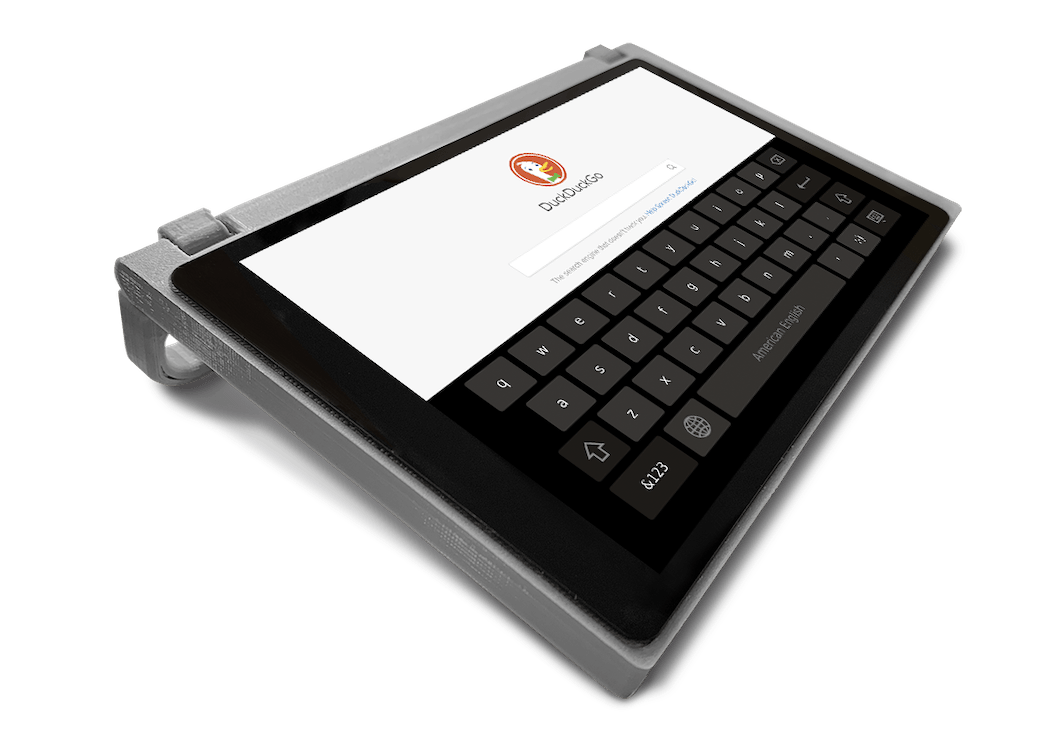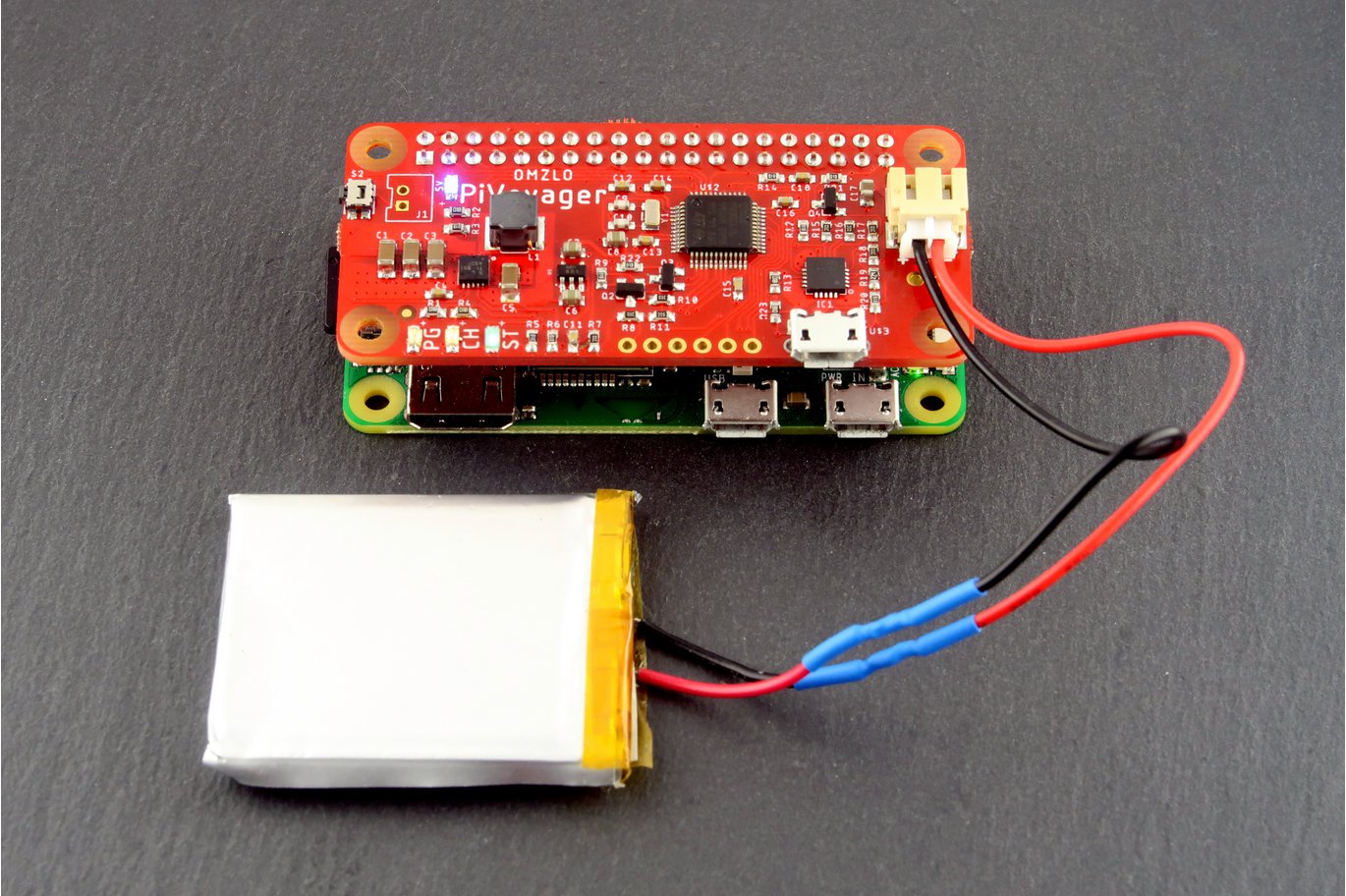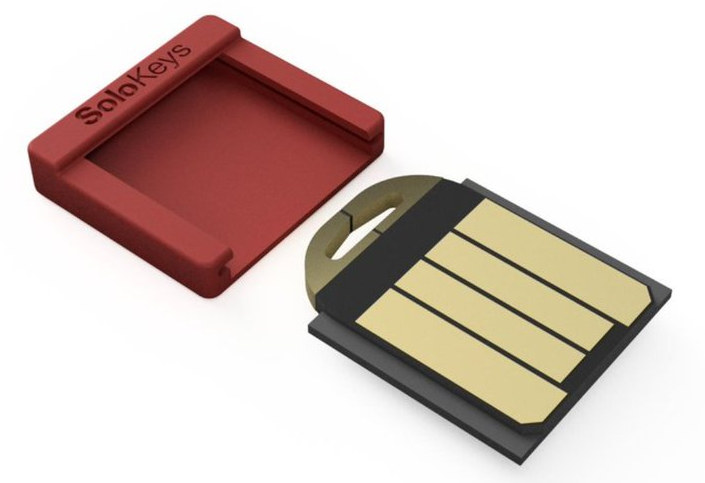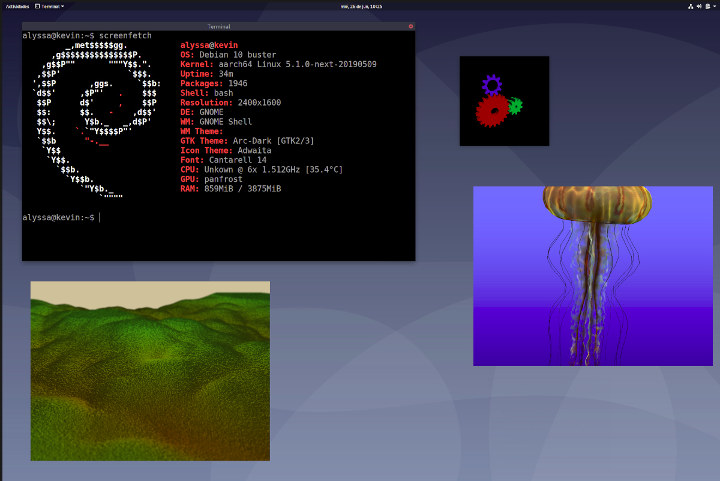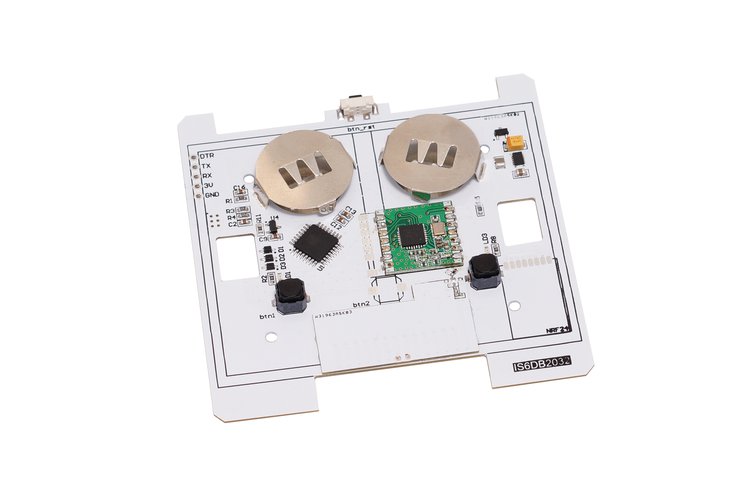Google released the first Android Q preview in March, and after several more preview, the company has finally released the latest version of the popular operating system which will simply be called Android 10, since Google dropped dessert names which previously led to confusion. What’s new in Android 10? Here’s a list of the new features that you can expect from Android 10: Privacy protection improvements – There’s more granular control over what apps can or cannot do in Android 10. Security improvements – Support for TLS 1.3 (up to 40% faster than TLS 1.2), and passive authentication methods such as face recognition Support for foldables and innovative new screens Sharing shortcuts – Let users jump directly into another app to share content. Settings Panels – Floating UI invoked from an app to show system settings that users might need to adjust. Smart Reply in notifications – Contextual actions in […]
Huawei Releases their Open Source Ark Compiler for HarmonyOS
Back in May, there were rumors Huawei was working on HongMeng OS as an alternative to Android mobile operating systems, as the OS was brought to light due to US sanctions against the company. The new operating system was later confirmed and will be called HarmonyOS outside of China. A few days ago I received a tip in Chinese with this link explaining Huawei had released the open-source Ark compiler for HarmonyOS aka OpenArkCompiler. The compiler works with Java apps and converts the source into AArch64 binaries. The illustration below implies it should also work with C, C++, JavaScript, and Kotlin programming languages. Three links were shared in the announcement: The official website – https://www.openarkcompiler.cn/home The code hosting website – https://code.opensource.huaweicloud.com/openarkcompiler/openarkcompiler/home A mirror for the code – https://gitee.com/harmonyos/OpenArkCompiler As a side note, I had never heard about Gitee, and the site is an alternative to Github in China, which may […]
OrangeCrab is an Open Source Hardware, Feather-Compatible Lattice ECP5 FPGA Board
Lattice ECP5 FPGA powered OrangeCrab is the work of Greg Davill who designed the Adafruit Feather-compatible board in KiCAD, crowdsourced schematics/PCB checking and published his progress on Twitter, and published the files of the open source hardware board on Github. OrangeCrab board hardware specifications: FPGA – Lattice ECP5 25/45/85 variants System Memory – Up to 8Gbit DDR3 Memory (x16) Storage – 128Mbit QSPI FLASH Memory (Bitstream + User storage), 4-bit MicroSD socket USB – Micro USB connector, full-speed direct USB connection to FPGA Programming – 10-pin FPGA programming header Expansion – I/O’s broken out via 30 through holes: GPIO, SPI, I2C, Analog, … 7x diff pairs, 1x single ended only Misc – Reset Button, charge LED (Green: external power, Yellow: when charging, No color: when running off battery), 48MHz Oscillator Power Supply – 5V via USB port, battery header for LiPo battery + battery charger chip Dimensions – Adafruit Feather […]
CutiePi Open Source Tablet uses Raspberry Pi Compute Module 3
The announcement of the CutiePi, an open source tablet-based on the Raspberry Pi Compute Module 3 comes a bit late for the Pi-based tablet/laptop space. We have reported on some of the more versatile tablets using the Raspberry Pi platform, the Diskio Pi 13.3” DIY Tablet and the RasPad tablet kit, with a few more Raspberry Pi-based tablet/laptop kits also listed in the same article. Timeline and Pricing CutiePi Tablet has no firm release date, but the company is saying late 2019 for launch. The development team is also saying everything is subject to change, but look for the pricing to be USD $150 – $250. Click to Enlarge How CutiePi is Different The tablet is different in its thinner design and in the software designed specifically to use Linux Raspbian OS for a touch screen platform. There are readily available source code and case plans for the ambitious developer […]
PiVoyager is a UPS for the Raspberry Pi With a Real-Time Calendar Clock
The Raspberry Pi is a powerful SBC (Single Board Computer), and aside from being used for everyday computing stuff, the Raspberry Pi can be embedded as the brain of various projects. Using the Raspberry Pi for standalone projects do create some concerns about power. How do I power the Pi? Should I get a power bank? Or maybe I need a longer wired connector. If powering your Raspberry Pi based project has always being a concern to you, then you don’t have to worry about it again with the introduction of the PiVoyager. The PiVoyager is an uninterruptible power supply (UPS) for the Raspberry Pi specially designed to work with standard Li-Ion or LiPo batteries. It is shaped in the form a Pi Zero HaT making it fully compatible with PiZero form factor, but nevertheless, it will still work with any Raspberry-PI having the conventional 40-pin header found in the Pi […]
Somu Tiny Open Source FIDO2 Security Key Enables Passwordless Login & Two-factor Authentication (Crowdfunding)
Tomu is a tiny, open source USB connector-sized board powered by a Silicon Labs Happy Gecko Cortex-M0+ MCU that adds two keys to your computer and can work as a Universal 2nd Factor (U2F) token to support two-factor authentication (2FA). But the board is not secure enough for FIDO2 support, and Tomu’s developer worked on a secure USB key called Solokey, and shrank it to Tomu form factor. Meet Somu open-source and secure key with FIDO2 support for compatibility with your Google, Twitter, and GitHub accounts for two-factor authentication, or your Microsoft account passwordless login. Somu hardware specifications: Secure MCU – STMicro STM32L432KC Arm Cortex-M4 microcontroller with TRNG, security isolation for keys, two levels of locked flash Crypto Algorithms – ECC P256 (as per FIDO2 standard) Supported Protocols – FIDO2, U2F Host Interface – USB type-A port Misc – Two touch buttons ( in FIDO2 firmware the two buttons behave […]
Rock Pi 4 SBC Runs GNOME & KDE Plasma using Panfrost Open Source GPU Driver & Wayland
One of the highlights of Linux 5.2 release was support for two new Arm Mali GPU open-source drivers, namely Lima for Mali-4xx GPU, and Panfrost for the Midgard Mali-T6xx/7xx/8xx series, and the more recent Bifrost Mali-Gxx GPUs. Collabora worked on the release and was donated a few Rock Pi 4 boards from Radxa directly to work on the project. For those who are not familiar, Rock Pi 4 board is powered by a Rockchip RK3399 processor with a Mali-T860MP4 GPU that is supported by Panfrost open source GPU driver. The company managed to have Debian 10 Buster running on Rock Pi 4 using 3D graphics acceleration thanks to Panfrost drivers on both GNOME and KDE Plasma desktop environment, as well as Weston Wayland compositer. The good news is that you can build Rock Pi 4 images by yourself using Debos with the following commands:
|
1 2 3 |
git clone https://gitlab.collabora.com/rockpi/rockpi4 cd rockpi4 docker run --rm --interactive --tty --device /dev/kvm --workdir /recipes --mount "type=bind,source=$(pwd),destination=/recipes" --security-opt label=disable godebos/debos --scratchsize=8G rockpi4.yml |
Alternatively, you could directly download […]
easySwitchBox is a LoRa Wall Switch Powered by Coin Cell Batteries and Arduino (Crowdfunding)
easySwitchBox is a simple actuator that does one basic thing – To send an on/off signals that can be used to control anything wirelessly. Whatever you intend on doing with the signal sent is left to you. easySwitchBox is the brainchild of easySensors, the Belarus based creators of DIY Arduino focused hardware products. easySwtichBox combines an Arduino based chip and a LoRa radio to be able to send a signal for long-range distances. On the surface, easySwitchBox looks like another wall switch you have seen around, but there is more to it. Powered by the famous Atmega 328P microcontroller, easySwitchBox is more than a wall switch, and you can reprogram it to be an intelligent one indeed or anything else you want. The power supply comes from two attached coin cell battery, making it possible to move the device around and not be confined by location or space. easySwitchBox […]


